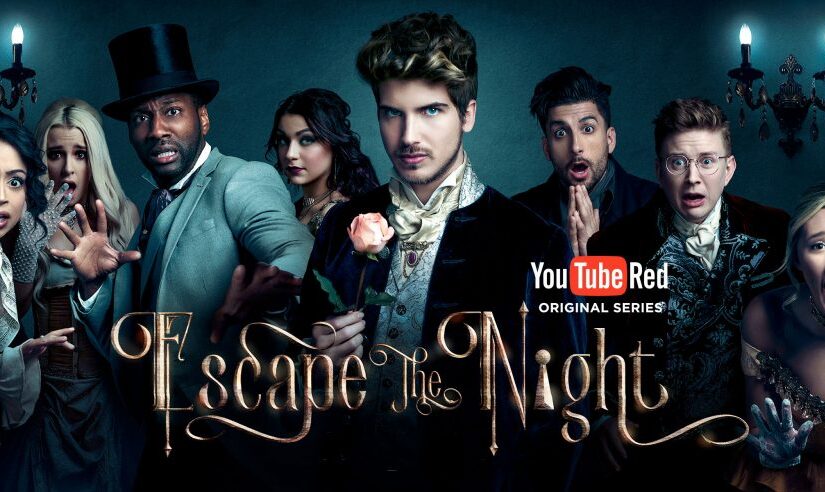“I’ve not seen anything like your process in over 1000 episodes of TV. Technical combined with creatives in one space.”
Amazon Originals – Post Supervisor
VFX and Post Supervising one of Youtube Original’s most successful shows.
Non Traditional
Narrative + Unscripted = New genre
Escape the Night was not your traditional TV show. It had both narrative and unscripted elements blended together and a new genre was coined, Surreality.
A 30-minute show that was both a narrative single camera and an unscripted multi-camera, that delivered weeks after it was shot is a tricky prospect as it emposases both the difficulties shooting single camera with those of shooting multi-camera. Also, it was a fantasy show and so it would have hundreds of visual effects in each episode.
It did not seem possible to do this in a traditional way.
So I came up with something new. Then each season I built on that pipeline. Moving the project between multiple facilities throughout the post process would be too time consuming.
Production
Each season I worked with the production to generate a budget and a schedule for post-production and visual effects based on what was in the scripts. For the first season, this was going to be a new pipeline, and the key part of this was how it would be achievable in such a short space of time between the shoot and the delivery.

I outlined camera media needs, oversaw media management and ingest of over 150TB during the eight-day production of each season. I provided VFX supervision, taking photos and measurements.
In the case of Escape the Night it was shot with, what was at the time of the first season in 2016 was a relatively new camera. The Canon C300 mk2. This camera shot simultaneous proxies for what would be necessary when editing 8 and sometimes 10 streams of video in a multi-camera timeline.
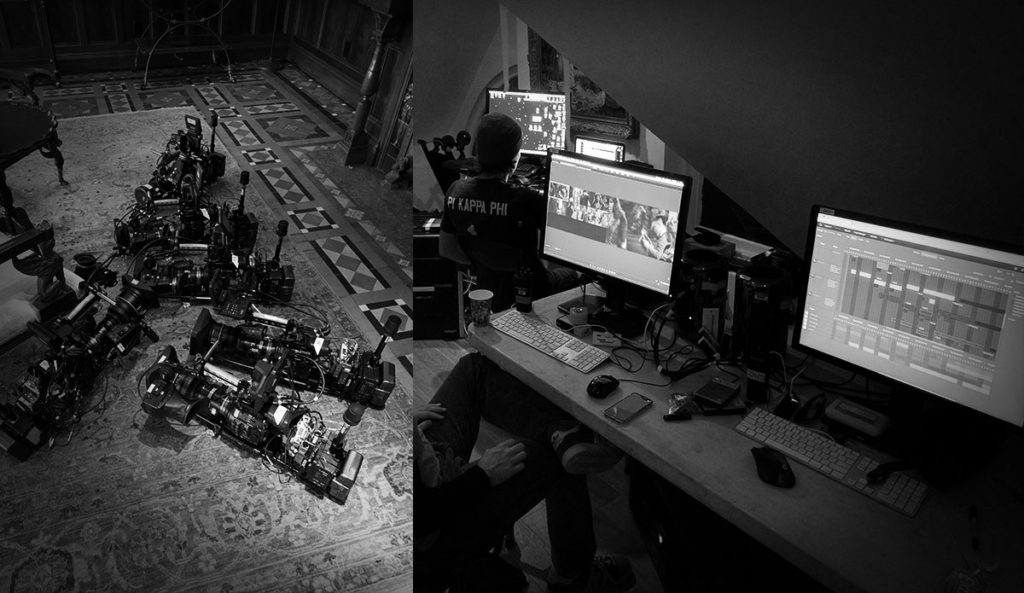
Post Production
Post for Escape the Night was not your usual traditional process.

All the creatives and producers had access to all post team members in one creative space.
It’s not assembly line or compartmentalized.
With a combination of the right hardware and software, both for post and communication, the output of creativity and the work goes up significantly.
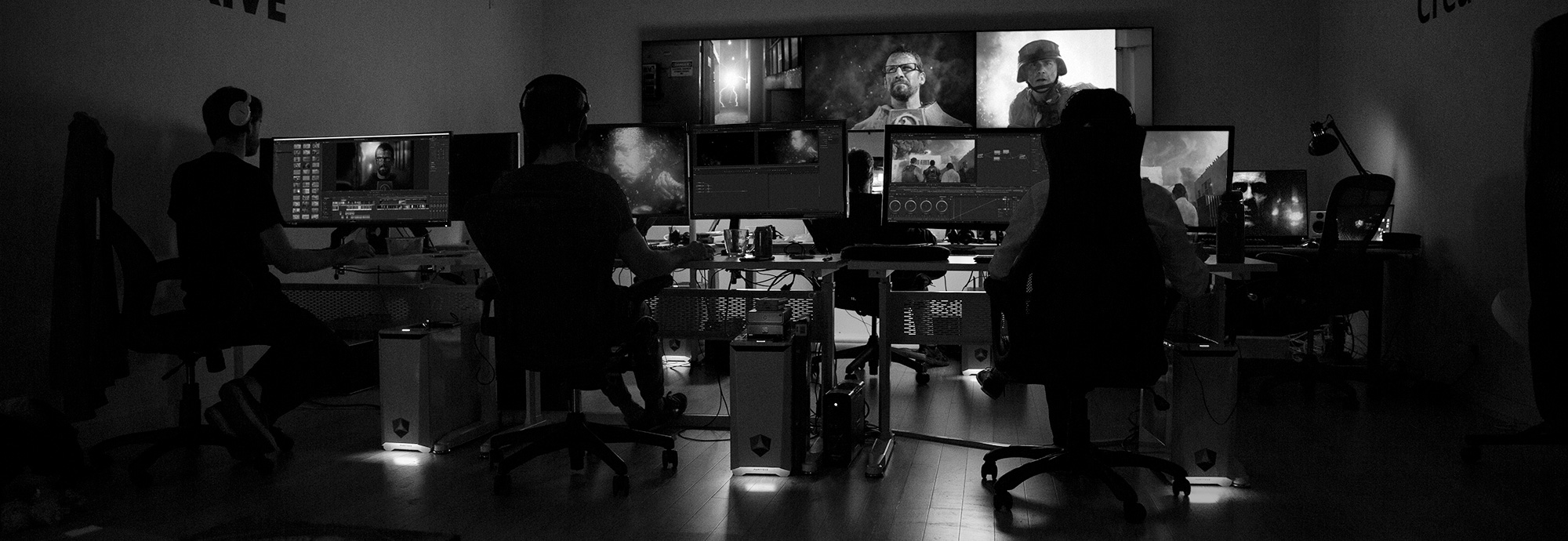
There were five editors and two assistants. They were responsible for editing all 10 episodes in eight weeks. Three hundred minutes of multicam was cut from hundreds of hours of footage.
For that to work I knew everyone had to be close. So I developed a kind of single space command center where all the artists were together.
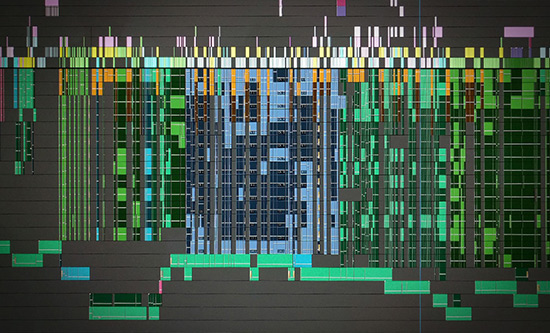
On Escape the Night editors could get the opinion of five other talented editors on their cut in the space of a minute.
A producer or editor could walk to a VFX artist and say “does this shot work for your effects?” She says “yes and let’s ask the director”, who is sitting nearby working with the VFX supervisor.
This lead to a drastically improved workflow and increased creative options for the showrunner and/or director.
Visual Effects
Often times with this many visual effects in a show, Escape the Night had on average more than 700 per season, pipelines will be built that utilize Nuke. I developed a similar pipeline using Davinci Resolve, which is now an excellent editor, compositor and finishing tool as well as color grading system in which Escape the Night would eventually be colored.
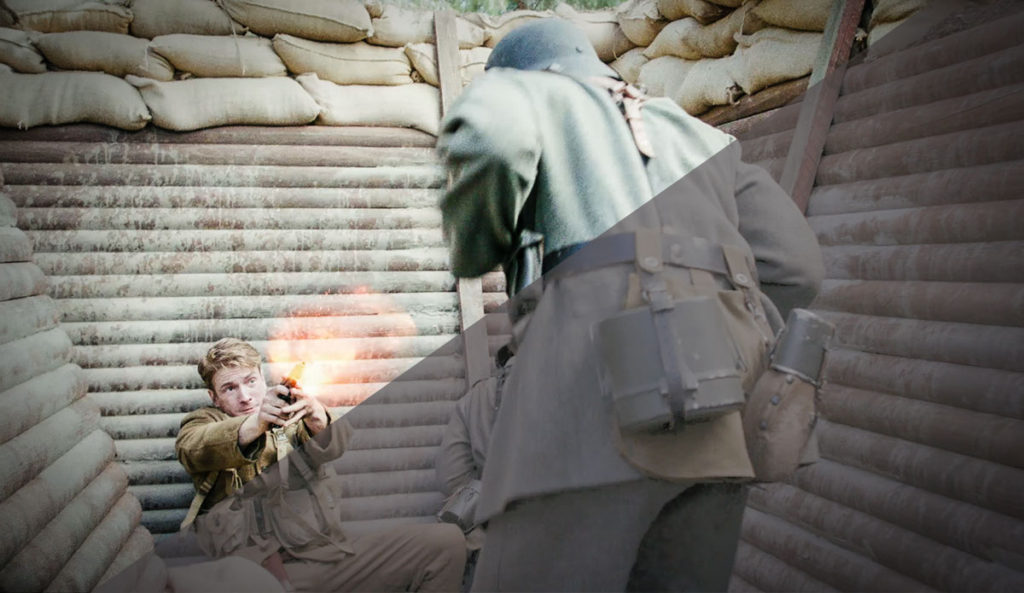
Also, with less overhead and a more simplified pipeline, the budget could be directed to additional visual effects artists, and not spent on additional vendors, that need coordinators, footage and information to be moved between facilities.
Once the visual effects were finished they were added to the project and each episode was then colored in house with Davinci Resolve.
No losing time handing off cuts or round-tripping anything.
All the motion graphics for all four seasons were created by Chariotdrive, including all title sequences and end credits.
The opening titles in season two and end credits in season one were especially unique.
I created the opening titles for seasons 2, 3, and 4.
This was Season 2.
Software
We used Ftrack and Telegram to keep all stakeholders up to date. It’s similar to SLACK but highly encrypted and free.

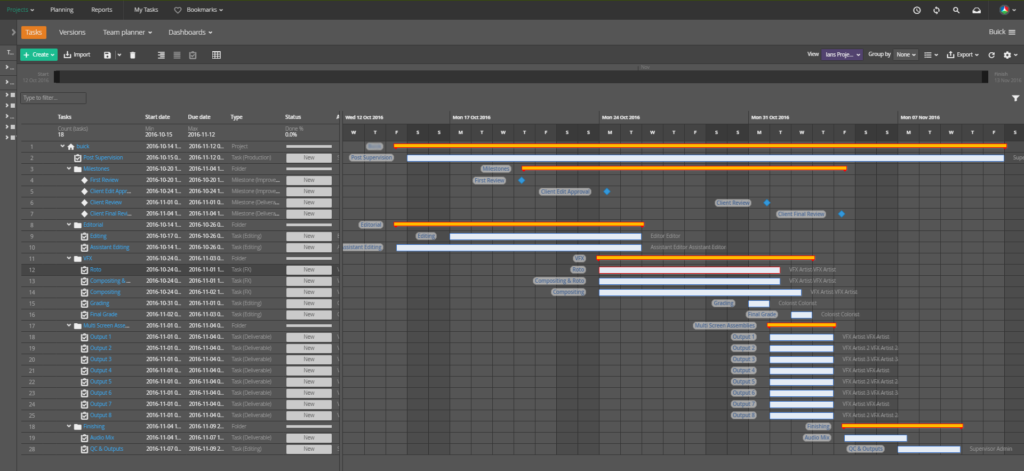
The post-production schedule was as follows:
- Two weeks of planning and prep
- Two weeks of shooting on location
- Eight weeks editorial – 10 episodes
- 16 weeks VFX and MGFX – Over 750 shots
- UHD Deliveries in Prores 422HQ
The episodes were delivered on a weekly cadence.
